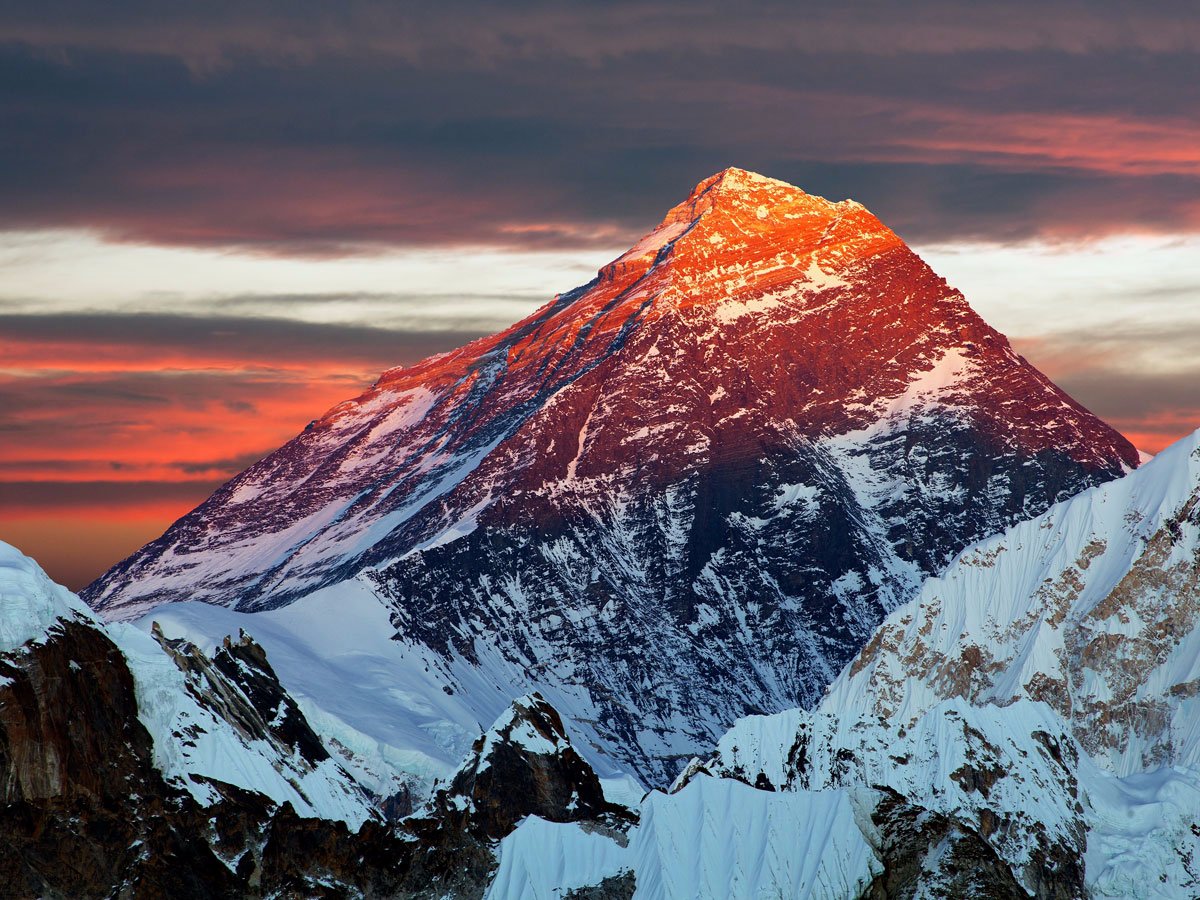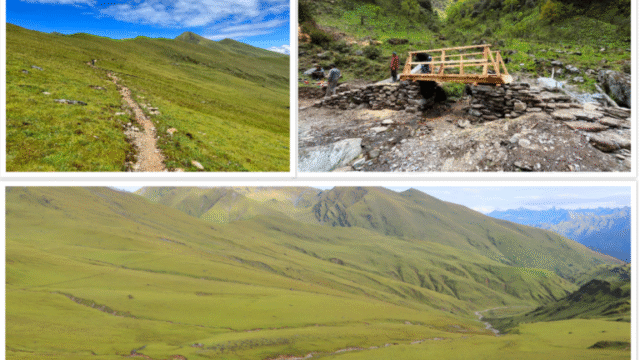The Department of Tourism has announced that 402 climbers from 53 different countries have obtained permits to climb Mt Everest, the world’s highest peak, during the 2025 spring climbing season as of April 27. Among the climbers, 74 are women, highlighting an encouraging rise in female participation in high-altitude mountaineering.
According to Liladhar Awasthi, Director at the Department of Tourism, permissions have been granted to 41 separate expeditions aiming to summit the iconic 8,848.86-meter mountain this season. When compared to last year’s statistics, the figures show a slight dip as 414 climbers from 41 expeditions, including 75 women and 339 men, had secured permits to ascend Everest in the 2024 spring season. Despite the marginal decline in numbers, the enthusiasm for Everest expeditions remains robust.
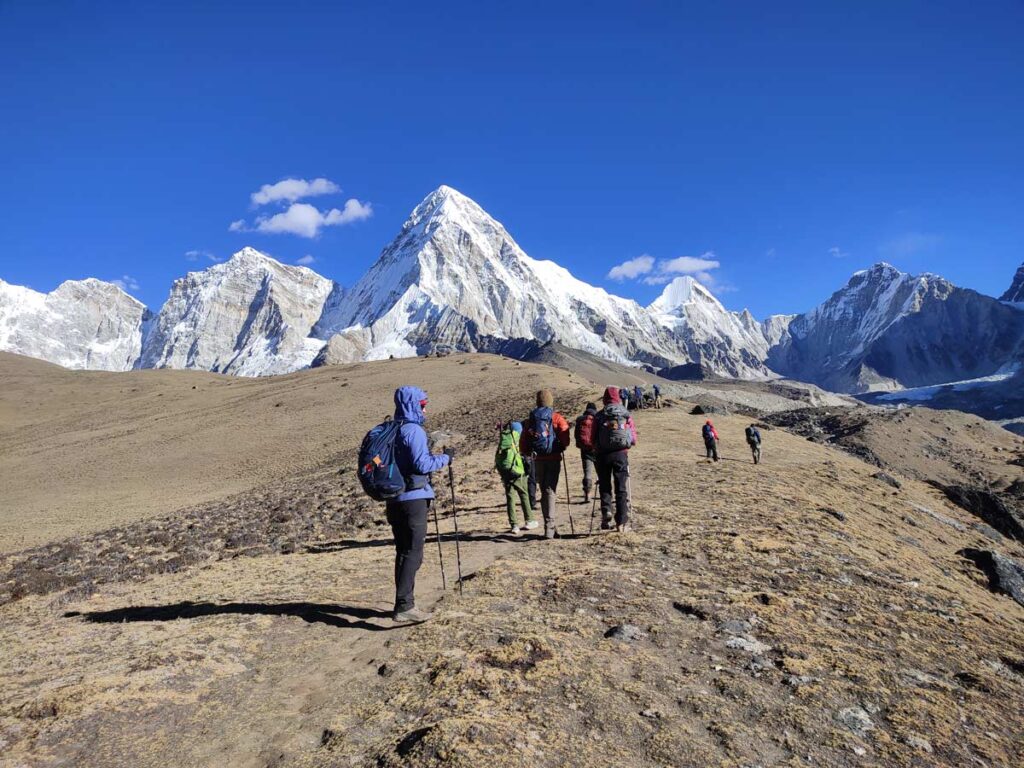
Moreover, the Department reported that it has already collected an impressive royalty amounting to Rs 684 million from mountaineering permits for various peaks this year. Officials are optimistic that the figure will rise further, as climbers continue to arrive and apply for last-minute expedition approvals.
The Department has taken proactive steps to manage the large influx of climbers and ensure safe, orderly ascents by establishing a dedicated field office at the Everest Base Camp. This base camp office plays a crucial role in regulating mountaineering activities, providing timely updates on weather, safety protocols, and helping coordinate rescue efforts if needed.
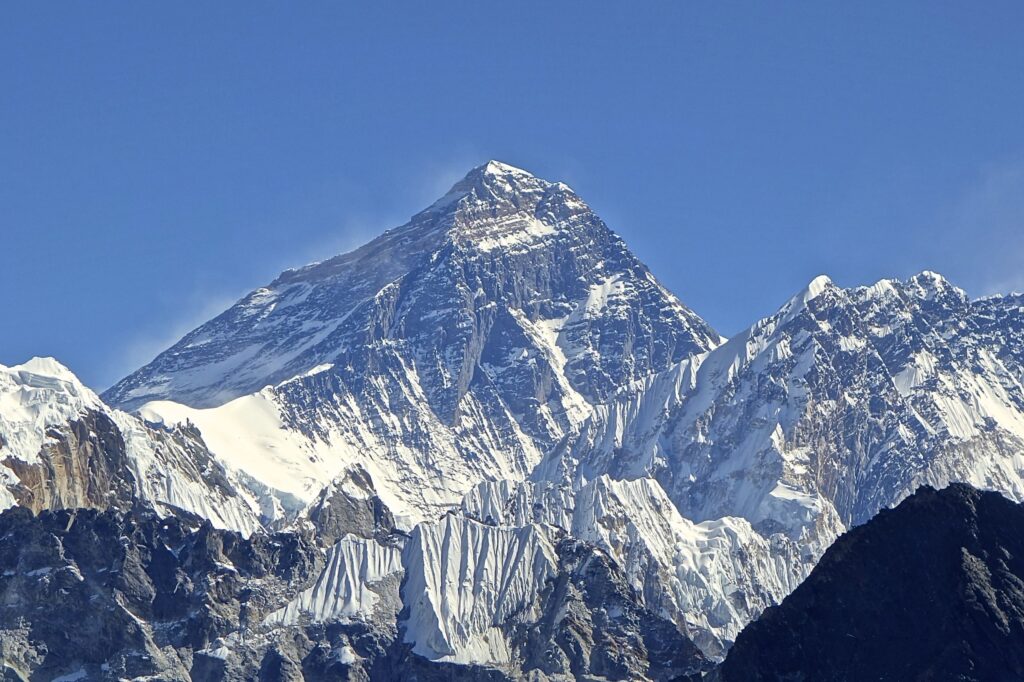
Over the 72 years since Sir Edmund Hillary and Tenzing Norgay first reached the summit in 1953, Everest has remained a symbol of adventure and perseverance. Throughout these decades, numerous records have been set, and an ever-increasing number of mountaineers continue to dream of standing atop the world’s highest point.
Despite the well-known risks, including extreme weather, avalanches, altitude sickness, and overcrowding at high altitudes, the allure of Everest has not diminished. Each year, climbers, driven by personal goals or the ambition to set new records, brave the harsh conditions to achieve the feat.

One such climber this year is Solukhumbu’s own Tashi Gyaljen Sherpa, who has embarked on a mission to climb Mt Everest four times within just 20 days, aiming to create a new record in Everest history. His endeavor reflects the spirit of resilience and the unmatched bond that the Sherpa community shares with the mountains.
To date, over 8,000 climbers, both domestic and international, have successfully summited Mt Everest since the first ascent. The growing numbers also bring challenges in managing the environmental impact, maintaining safety standards, and coordinating logistics for climbers at different stages of the climb. This underscores the importance of the Department’s initiatives, such as field monitoring, strict permit regulations, and coordination with local agencies to minimize risks and preserve the fragile mountain ecosystem.
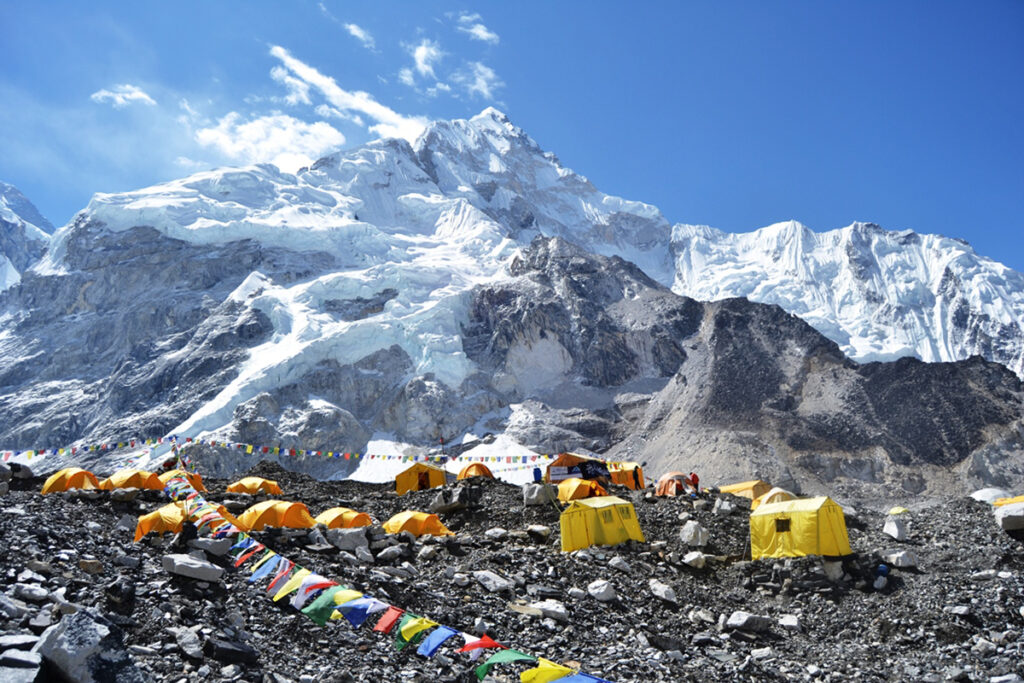
While many climbers come with dreams of glory, the dangers on Everest remain ever-present. Even experienced climbers can face unpredictable weather, technical challenges, and physical exhaustion. Hence, meticulous preparation, proper acclimatization, and adherence to safety guidelines are crucial. Authorities have also emphasized that climbers must carry back their waste to protect the environment and have implemented mandatory insurance policies for climbers and support staff.
The Department continues to encourage responsible tourism practices and sustainable mountaineering efforts to ensure that the beauty and sanctity of Mt Everest are preserved for future generations. With the spring climbing season in full swing and climbers from around the globe converging at Everest Base Camp, the world waits in anticipation to witness new feats, personal triumphs, and perhaps, yet another chapter of extraordinary human endurance being written on the roof of the world.
